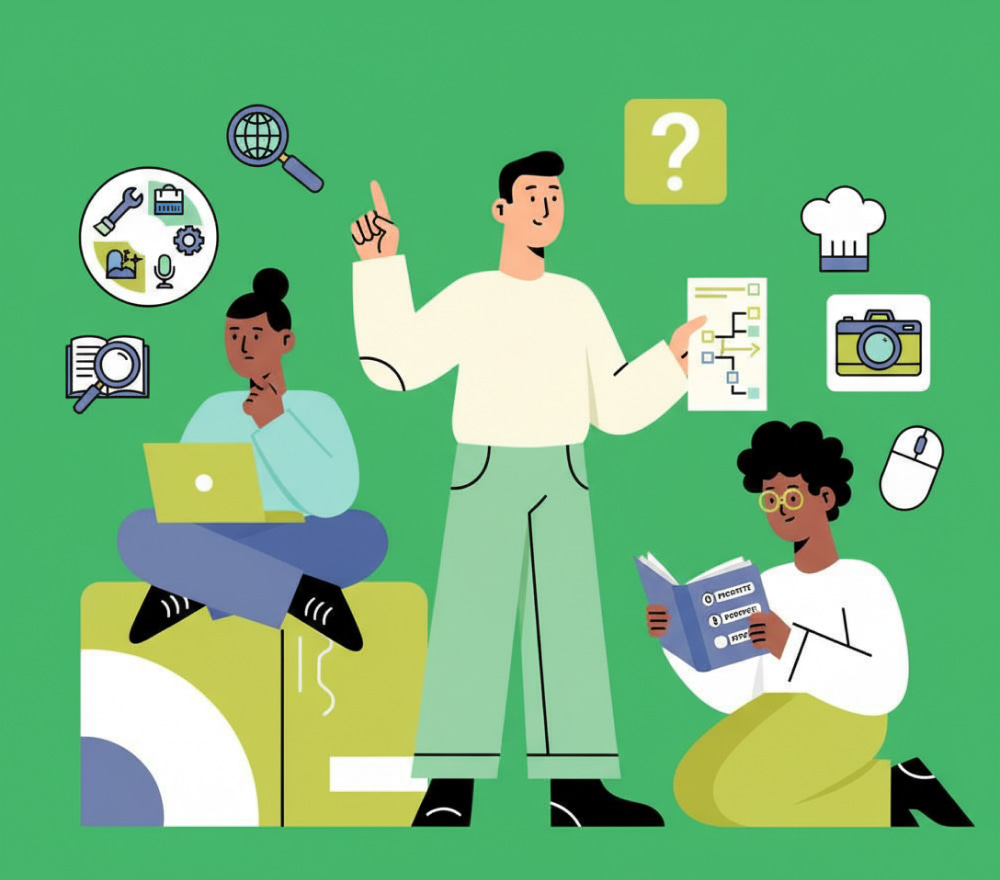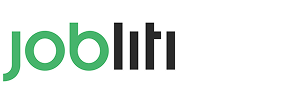The Ultimate Guide to Modern Career Discovery Assessments

Take Quiz to Find the Right Career for You
Start the Test →What These Assessments Are and Why They Matter
Choosing a direction in a fast-shifting labor market can feel overwhelming, especially when every role demands a unique blend of skills, temperament, and values. A structured assessment cuts through that uncertainty by mapping your interests to real occupational data and translating hunches into evidence. Rather than guessing, you get a framework that explains why certain paths fit and how to validate them in the real world.
Across the landscape of guidance tools, a career finder test stands out because it synthesizes personality, motivations, competencies, and workstyle patterns into practical guidance you can act on today. By surfacing themes you might overlook, it helps you avoid shiny-object pursuits and focus on roles that suit your energy, your pace, and your appetite for complexity. That clarity is the difference between short-lived detours and sustainable progress toward meaningful work.
For people who want quick traction, a job finder test can highlight industries, functions, and learning pathways aligned with your natural strengths while still accounting for market realities. You get language to describe your fit to hiring managers, projects to trial on the side, and benchmarks to measure momentum as you move from exploration to commitment. In short, you turn uncertainty into a roadmap with milestones that build confidence.
- Reduce guesswork with evidence-based recommendations.
- Translate personal traits into career-aligned actions.
- Spot transferable skills that widen your options.
- Identify learning gaps before investing time or money.
The Science Behind Matching: Frameworks, Signals, and Validity
Quality assessments are more than quizzes; they are psychometric tools grounded in research traditions such as Holland Codes, Big Five traits, values inventories, and cognitive aptitudes. Each dimension contributes a different lens, from how you like to collaborate to the environment where you perform best. Together, they produce a nuanced portrait rather than a one-size-fits-all label that overlooks context.
In practice, a career finding test blends your self-report inputs with normed datasets and occupational taxonomies to map patterns to viable job families with statistical rigor. The better platforms update their models with labor-market signals like skills demand, salary bands, and regional growth, so your results reflect what employers actually need. That fusion of psychology and market data keeps recommendations grounded and current.
When you’re curious about direction but wary of bias, a test find your career option should disclose methodology, validation studies, and guidance on interpreting results responsibly. Look for clear scales, reliability metrics, and transparent descriptions of how traits translate into role suggestions. With that context, you can weigh your scores against lived experience and make level-headed decisions about next steps.
- Seek instruments with published reliability and validity.
- Favor tools that reflect live skills demand and trends.
- Use multi-method inputs for richer, fairer insights.
Benefits You Can Measure: From Clarity to Career Momentum
Beyond curiosity, the real payoff is traction: you want insights that change decisions, not just entertain. Strong assessments make it easier to choose learning paths, tailor resumes, and prioritize projects that validate fit. You save time by discarding ill-suited options early and channel your energy into roles with higher odds of satisfaction and advancement.
If budget is tight, a career finder test free pathway may offer a lean version that still illuminates core preferences, giving you enough direction to explore without delay. Combine findings with informational interviews and small experiments like short courses or micro-internships to confirm fit before you commit deeply. Small, reversible bets preserve momentum while lowering risk.
For decisive planning, a test find best career me approach should connect your strengths to concrete job tasks, not just titles, so you can practice the work before fully diving in. That task-level clarity helps you build a portfolio that proves capability, accelerates interviews, and sharpens your narrative. Over time, you convert abstract potential into tangible results that speak for themselves.
- Faster focus on roles that match values and strengths.
- Better alignment between learning investments and outcomes.
- Sharper professional story for applications and networking.
- Reduced risk through staged, evidence-based exploration.
How to Prepare, Take, and Avoid Common Mistakes
Preparation matters because your mindset influences the accuracy of self-report inputs. Take assessments when you are rested, free of distractions, and not rushing to finish. Answer for how you typically act, not how you wish you behaved, and consider recent feedback from colleagues to ground your responses in evidence rather than aspiration.
As you move from curiosity to action, a test find my career session becomes more useful if you capture reflections about energy patterns, collaboration styles, and the tasks that feel naturally rewarding. Write down roles you’ve enjoyed and those that drained you, then compare those notes to your results to check for coherence. The alignment between data and experience is your compass.
When you want a low-friction starting point, a free test find out what job is best me option can kickstart your exploration without commitment while you evaluate depth and usability. Afterward, supplement results with portfolio samples, volunteer projects, or skill sprints that verify fit in real contexts. By pairing insight with action, you’ll build confidence and reduce the chance of costly detours.
- Schedule the assessment during a calm, focused window.
- Answer candidly based on consistent behavior patterns.
- Journal immediate reactions and map them to your history.
- Prototype roles with short, low-risk skill experiments.
Interpreting Results and Turning Insight Into Practical Steps
Interpreting scores is about patterns, not perfection. Focus on clusters of strengths, values, and work conditions that repeat across your profile. Then translate those clusters into hypotheses: which teams, problems, and workflows will you likely enjoy and sustain. The most effective next step is a small experiment that gives you unambiguous feedback in days, not months.
For learners who prefer to test the waters, a free test find your career pathway can reveal initial role families while you explore projects that simulate real tasks. Pair each suggestion with a quick validation activity build a tiny prototype, draft a mock analysis, or shadow a professional to check resonance. You want data from doing, not just reading.
To make choices concrete, use the matrix below to connect typical signals with specific actions you can take this week. When results emphasize strengths but show a narrow interest range, a test find out career best you interpretation should still encourage breadth through adjacent roles and cross-functional exposure to keep options open. By iterating, you refine fit while expanding opportunity.
| Result Signal | What It Suggests | Next Action |
|---|---|---|
| High analytical + independent workstyle | Strong fit for research, data, or technical roles | Create a small portfolio project analyzing a public dataset |
| People-centric + mentoring motivation | Alignment with coaching, customer success, or HR paths | Host a peer workshop and collect feedback artifacts |
| Creative drive + rapid prototyping comfort | Potential in design, product, or content experimentation | Build a one-page MVP and share with five real users |
| Operational focus + process optimization | Good match for operations, logistics, or QA tracks | Document and improve a workflow, then quantify the gain |
- Translate traits into tasks you can practice this week.
- Validate fit with short, real-world experiments.
- Iterate based on evidence, not assumptions.
FAQ: Clear Answers to Common Questions
How accurate are these assessments?
Accuracy depends on instrument quality, honest responses, and how well findings are validated in the real world. Treat results as directional hypotheses rather than final verdicts, and pair them with small trials to confirm fit. Over time, the loop between data and experience drives precision and confidence.
Are there good options if I’m just getting started?
Beginners can start with a lightweight tool to gain language for interests, strengths, and preferred environments. Many platforms provide a free test find out career best you tier that reveals high-level themes while you decide whether deeper analysis is worthwhile. Use those early signals to guide informational interviews and quick practice projects for clarity.
What if my results surprise me?
Counterintuitive results are invitations to explore, not warnings to retreat. Try a short, low-risk experiment that mirrors the recommended tasks so you can judge how the work actually feels. If the experience doesn’t resonate, refine inputs and prioritize suggestions that align with your lived history.
Can these tools help with a career change?
Yes, especially when they emphasize transferable skills and task-level mapping over narrow titles. Look for recommendations that connect your past achievements to adjacent roles where your strengths matter. Then plan a staged transition that builds proof through portfolios and pilot projects before making a big leap.
How do I choose among so many providers?
Prioritize transparency about methods, real-world validation, and guidance that turns insight into action. You might prefer platforms that include a test find out what job u should have style wizard alongside detailed reports and next-step playbooks for momentum. Read sample outputs, compare depth, and pick tools that respect your time and goals.
- Favor evidence-backed instruments with plain-English reports.
- Check for task-level recommendations, not just titles.
- Validate with quick projects before large investments.
- Reassess periodically as your skills and goals evolve.
